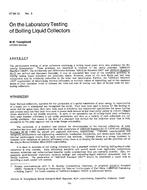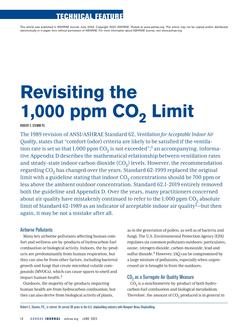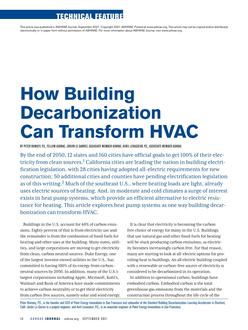This chapter focuses on systems that use halocarbons (halogenated hydrocarbons) as refrigerants. The most commonly used halogen refrigerants are chlorine (Cl) and fluorine (F). Halocarbon refrigerants are classified into four groups: chlorofluorocarbons (CFCs), which contain carbon, chlorine, and fluorine; hydrochlorofluorocarbons (HCFCs), which consist of carbon, hydrogen, chlorine, and fluorine; hydrofluorocarbons (HFCs), which contain carbon, hydrogen, and fluorine; and hydrofluoroolefins (HFOs), which are HFC refrigerants derived from an alkene (olefin; i.e., an unsaturated compound having at least one carbon-to-carbon double bond). Examples of these refrigerants can be found in Chapter 29 of the 2017 ASHRAE Handbook–Fundamentals.
Application
System Safety
Basic Piping Principles
Refrigerant Line Sizing
Piping at Multiple Compressors
Piping at Various System Components
Discharge (Hot-Gas) Lines
Defrost Gas Supply Lines
Heat Exchangers and Vessels
Refrigeration Accessories
Head Pressure Control for Refrigerant Condensers
Keeping Liquid from Crankcase During Off Cycles
Hot-Gas Bypass Arrangements
Minimizing Refrigerant Charge in Commercial Systems
Refrigerant Retrofitting
Temperature Glide
Citation: 2018 ASHRAE Handbook–Refrigeration
Product Details
- Published:
- 2018
- ISBN(s):
- 9781939200976
- Number of Pages:
- 38
- Units of Measure:
- I-P
- File Size:
- 1 file , 2.1 MB
- Product Code(s):
- D-R012018IP


